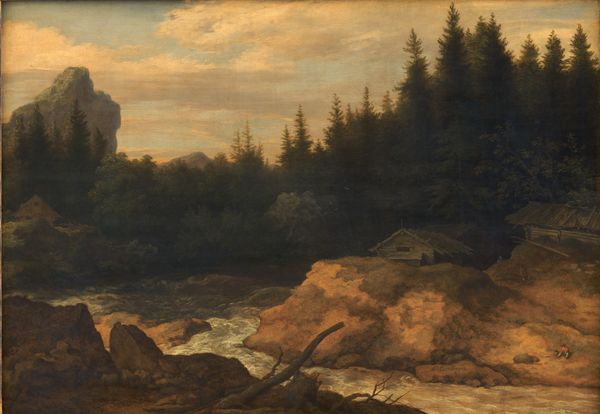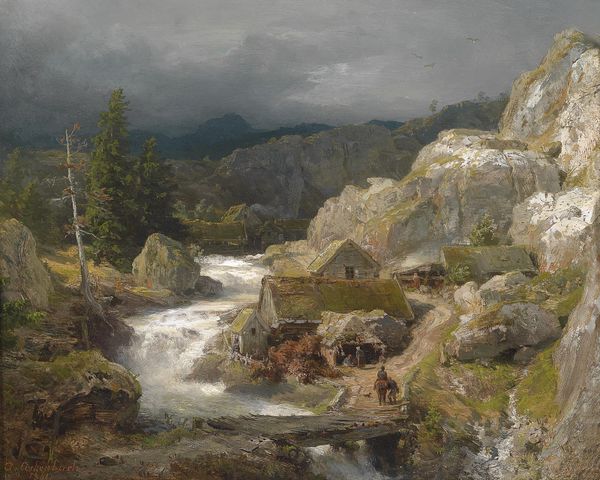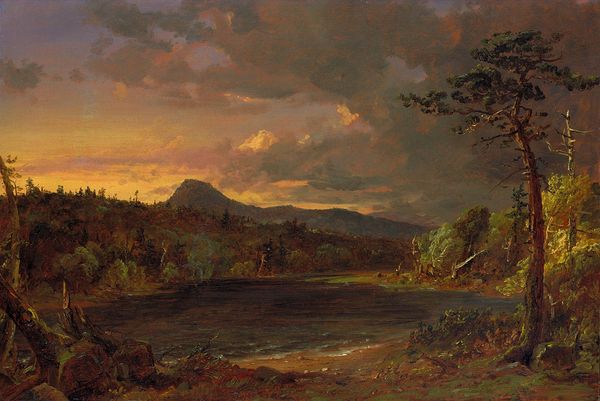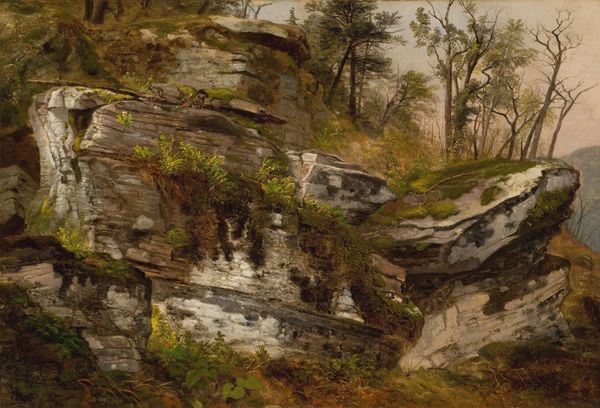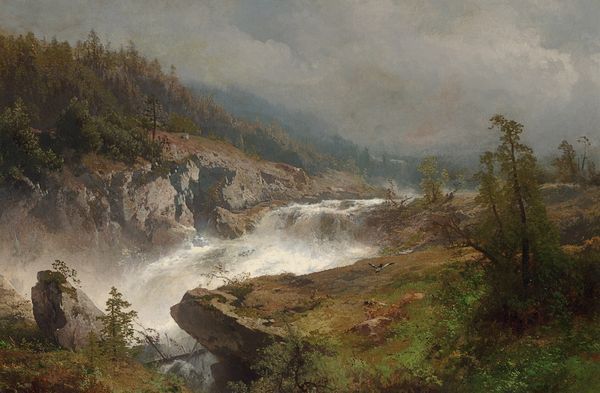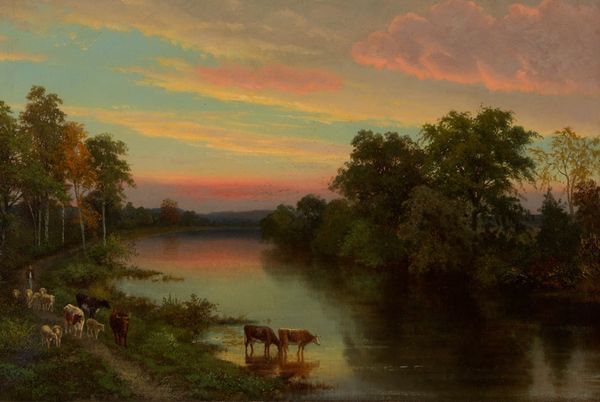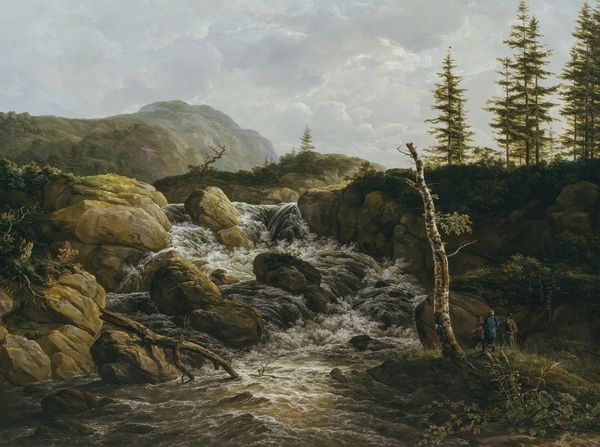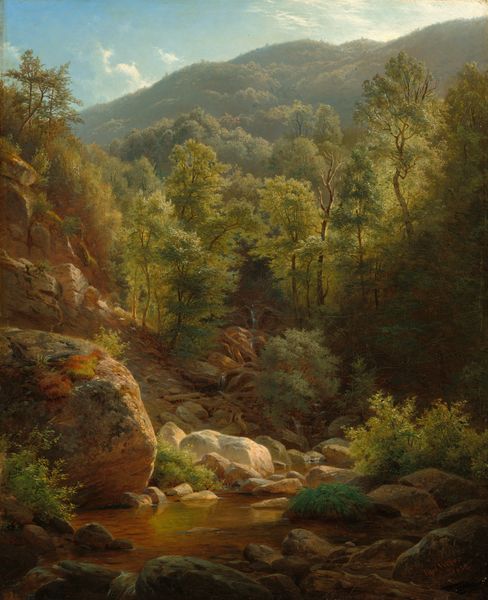
painting, plein-air, oil-paint
#
painting
#
plein-air
#
oil-paint
#
landscape
#
nature
#
hudson-river-school
#
realism
Copyright: Public domain
Editor: Hermann Ottomar Herzog's "Inlet on Lake George near Fourteen Mile Island" is a gorgeous oil painting, likely done en plein-air. It's remarkably tranquil. What stories do you think a painting like this might be telling? Curator: Well, let’s not just passively accept the 'tranquility'. Landscape paintings, especially from the Hudson River School, are often loaded with ideology. Who gets to experience this 'nature'? Is it accessible to all, or just a privileged few? This image romanticizes the land, often erasing Indigenous histories and justifying colonial expansion. Editor: That's a really interesting perspective. I hadn't considered the political implications. But what about the formal elements? The way the light reflects on the water, the composition itself… Curator: Even those seemingly 'neutral' elements can be interrogated. The picturesque composition, with its carefully arranged elements, reinforces a sense of ownership and control. Who decides what constitutes 'beauty', and whose perspectives are centered? Editor: So you're suggesting that even landscape paintings can be sites of power dynamics and social commentary? Curator: Absolutely. We have to look critically at the assumptions and values embedded within these images. The lack of visible human labor, for example, contributes to a narrative of untouched wilderness that simply wasn’t the reality. Also, who is absent from the scene? Considering those not represented allows us to really understand what this work is about. Editor: This makes me rethink how I look at art. It is a call to consider who gets to participate in the production and enjoyment of art, and who is left out. Curator: Exactly. Keep questioning! Editor: Thanks so much for your thoughts. It's been really insightful.
Comments
No comments
Be the first to comment and join the conversation on the ultimate creative platform.
